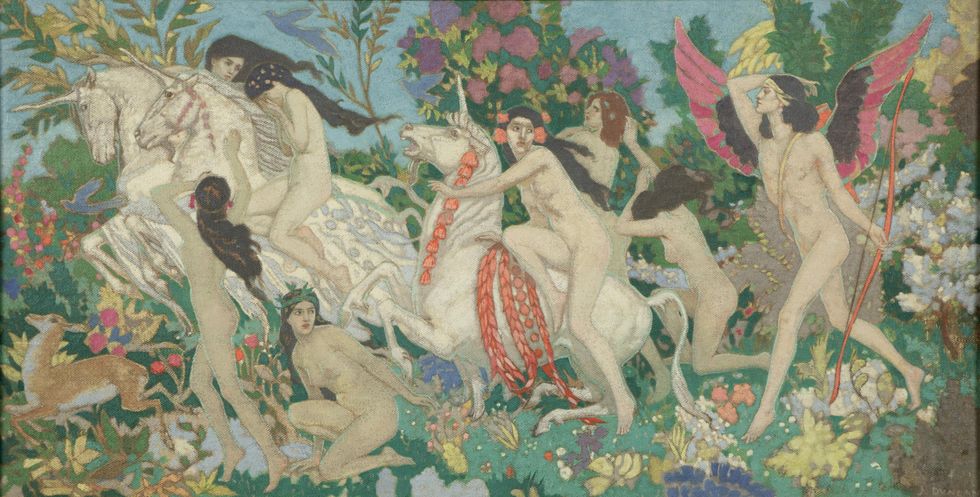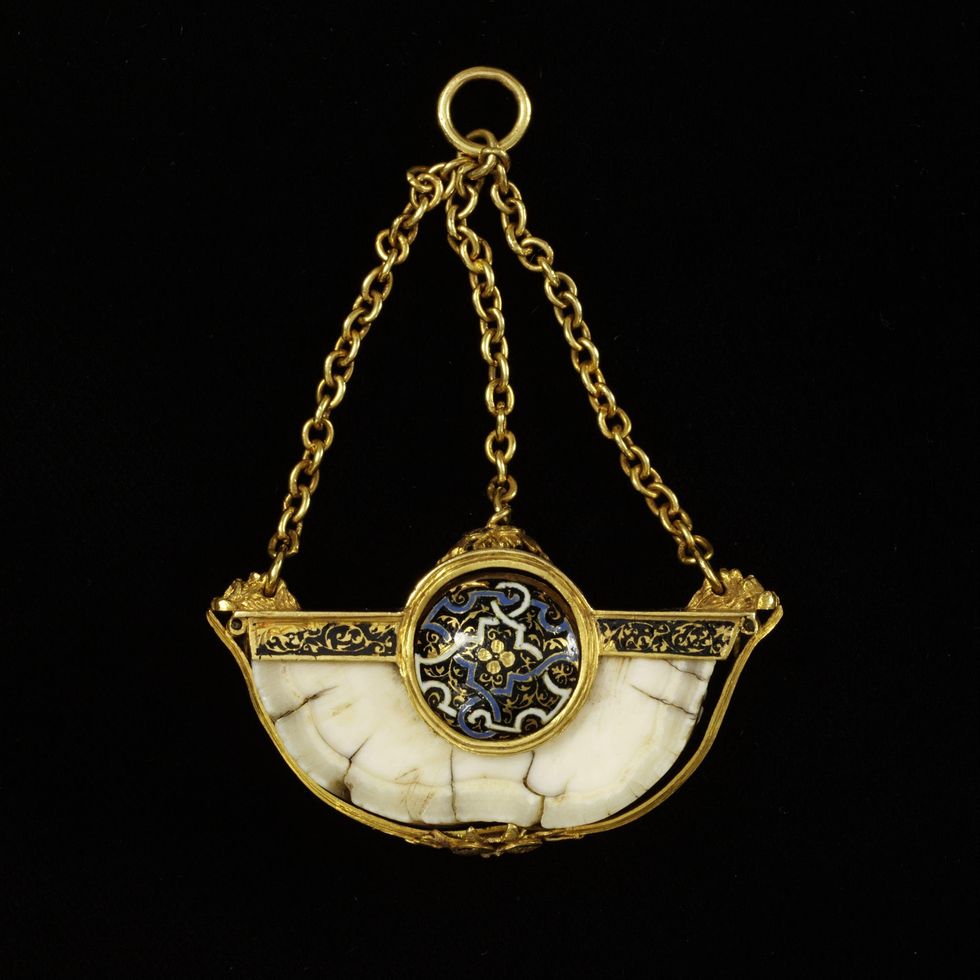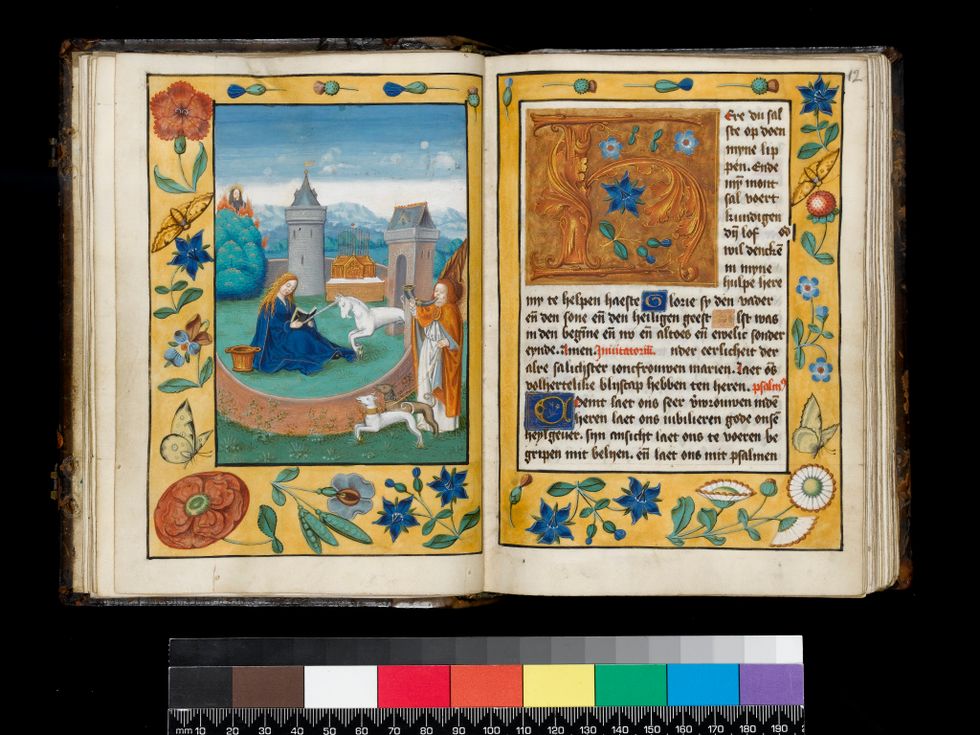
Tickets are on sale for the first major exhibition on Scotland’s national animal, which opens to the public in March.
On Monday, Perth Museum announced that the unicorn will be the theme of its first exhibition when the new museum doors open to the public on March 30.
The exhibition, funded by £10 million UK Government investment through the Tay Cities Deal and by Perth and Kinross Council, will explore the cultural history of Scotland’s national animal.
It will explore various themes such as Scottish royalty and national symbolism, such as the Stone of Destiny – which is also on display at the museum.
The museum is a £27 million transformation of the former City Hall.
The unicorn has been symbolic to several causes throughout the centuries.
It was once a component of medieval medicine and Scottish royalty.
It has also been adapted in cartoons and movies, and is often used as an icon by the LGBTQI+ community.

The exhibition will feature spectacular objects including manuscripts, illustrations, paintings, coins, sculpture, tapestry and shop signs.
Star loans include the magical Danny Jewel, an English Elizabethan pendant jewel of narwhal horn and enamelled gold, usually on display at the Victoria and Albert Museum (V&A) in London.
Renaissance pendants were sometimes made as amulets for protection against danger.
People once believed that the tusk of the dolphin-like narwhal, found in Arctic waters, came from unicorns.
The V&A is also lending an intricately carved narwhal tusk from the early 12th century.
It is one of only two known medieval examples with carved decoration of foliage, human figures and serpent-tailed dragons.
The stunning oil painting, Lady and the Unicorn by the late-Renaissance Italian artist, Luca Longhi (1507-1580), will be shown in the UK for the first time, on loan from the Museo Nazionale di Castel Sant’Angelo – highlighting the enduring symbolism of the unicorn in the Middle Ages.
A regal silver unicorn features atop the 19th century ceremonial rod or wand, part of the regalia of the Usher of the White Rod.
Made around the time of King George IV’s coronation and visit to Scotland, this rod also featured as part of the Coronation of the King last year.
This represents a tradition that dates back to the inauguration of Gaelic kings and the rod was the primary symbol of a rulers’ legitimate authority.
Although the Usher of the White Rod has not held duties since Scotland’s union with England in 1707, it is the counterpart to the role of the Usher of the Black Rod, now a senior officer in the House of Lords.
Alongside spectacular and historical loans from prestigious UK and international collections, there will also be objects and stories of personal significance from the local community.
From ornaments and images to memorabilia and toys, the display will highlight the enduring power of the unicorn in contemporary culture.
There is still time to submit an object for this project at Perth Art Gallery or one of the participating libraries across Perth & Kinross.

UK Government Minister for Scotland Malcolm Offord said: “The unicorn is an enduring symbol of Scotland’s enchanting history, culture and landscape, so it is fitting that Perth Museum has chosen this as the theme of its first exhibition.
“The UK Government has invested £10 million in Perth Museum as part of our £150 million support for the Tay Cities Region Deal.
“In total we are investing more than £2.9 billion to level up across Scotland.”
JP Reid, senior new projects officer for Culture Perth and Kinross, added: “From medieval tapestries and oil paintings, to toys, videogames and movies, the figure of the unicorn has been a familiar but shifting cultural icon for over 2,000 years.
“We are thrilled to be able to display a stunning selection of artworks and artefacts, including a series of newly commissioned sculptures.
“With a long, complex, and often contradictory history, the unicorn has been a popular subject for contemporary artists, writers, musicians, filmmakers, and activists.
“It is a symbol through which ideas like authenticity, belief, gender, and nationalism can be explored.”













